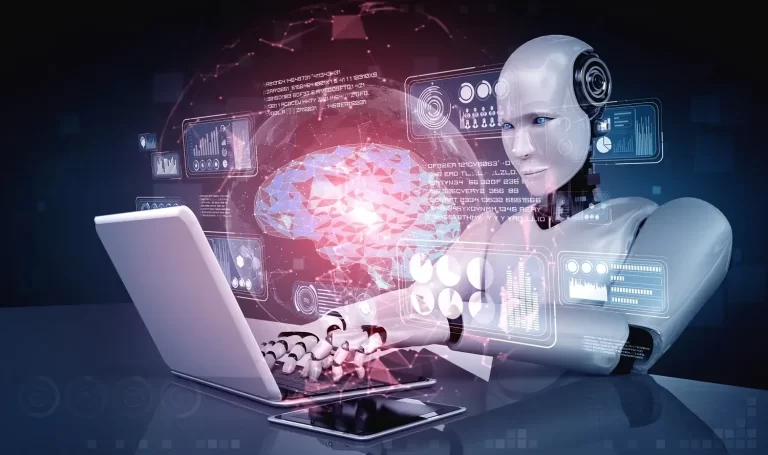Introduction
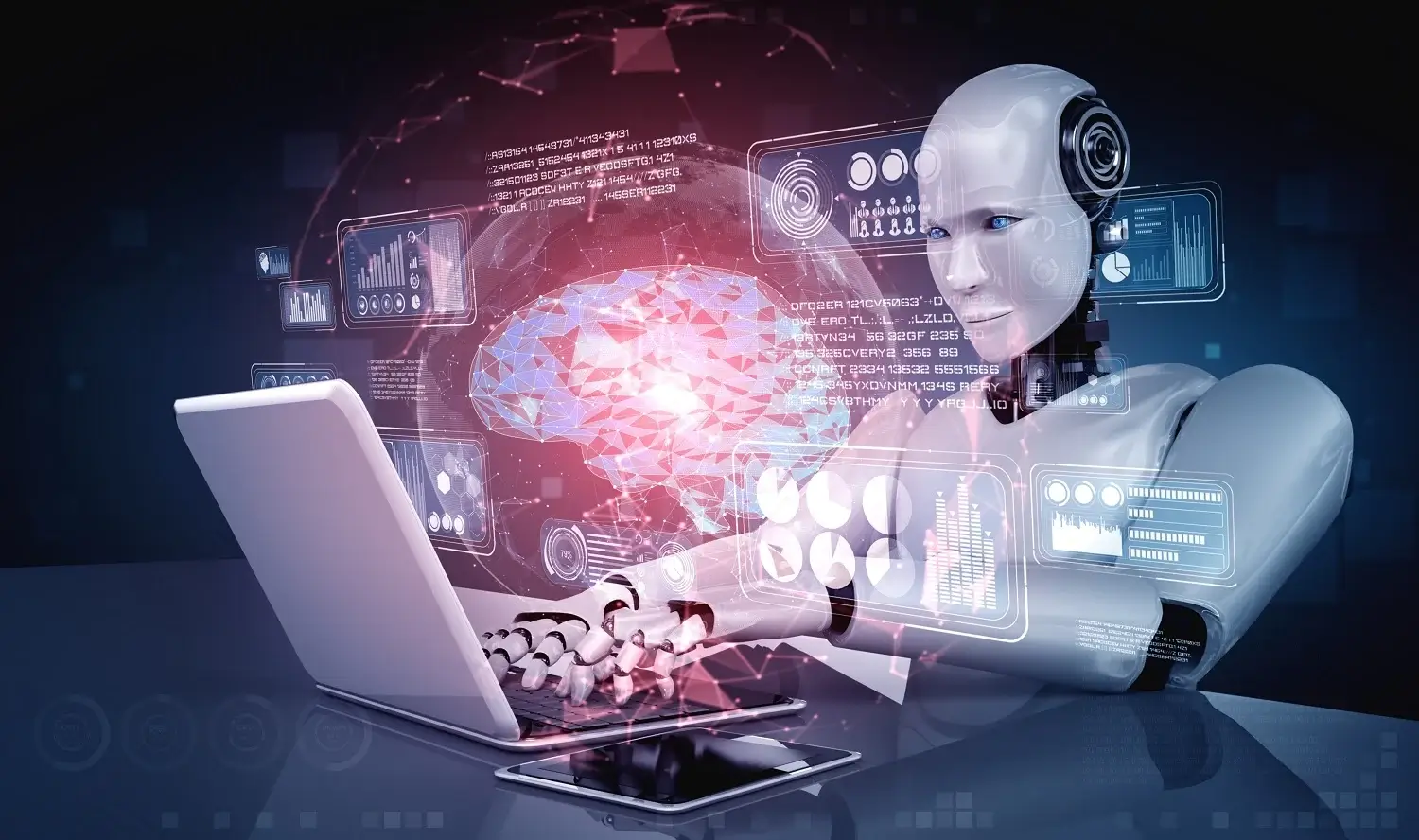
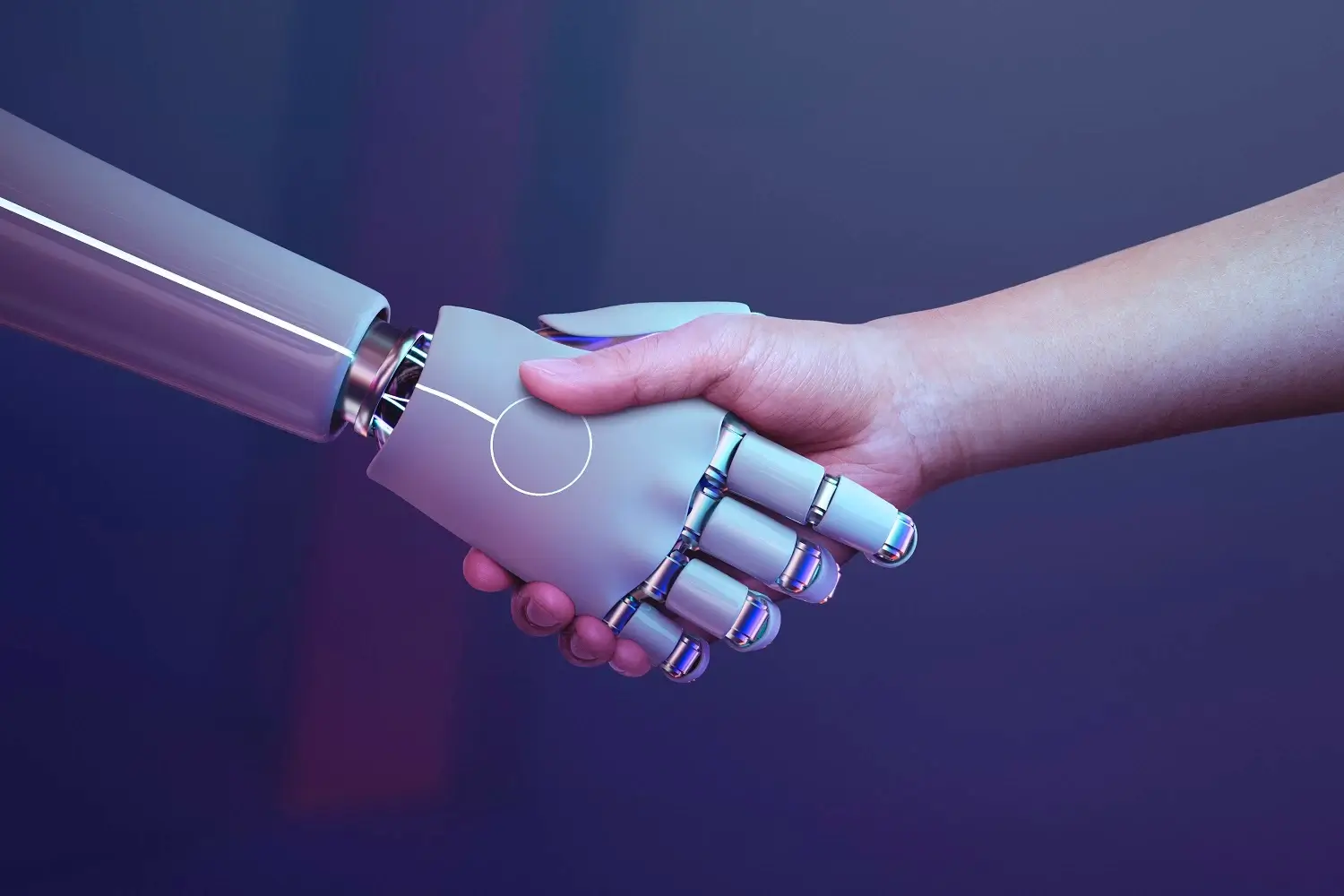
Automating Repetitive Tasks
Boosting Performance
Old software can be slow and inefficient. AI improves system speed, optimizes workflows, and enhances user experience, increasing overall productivity.
Smarter Decision Making
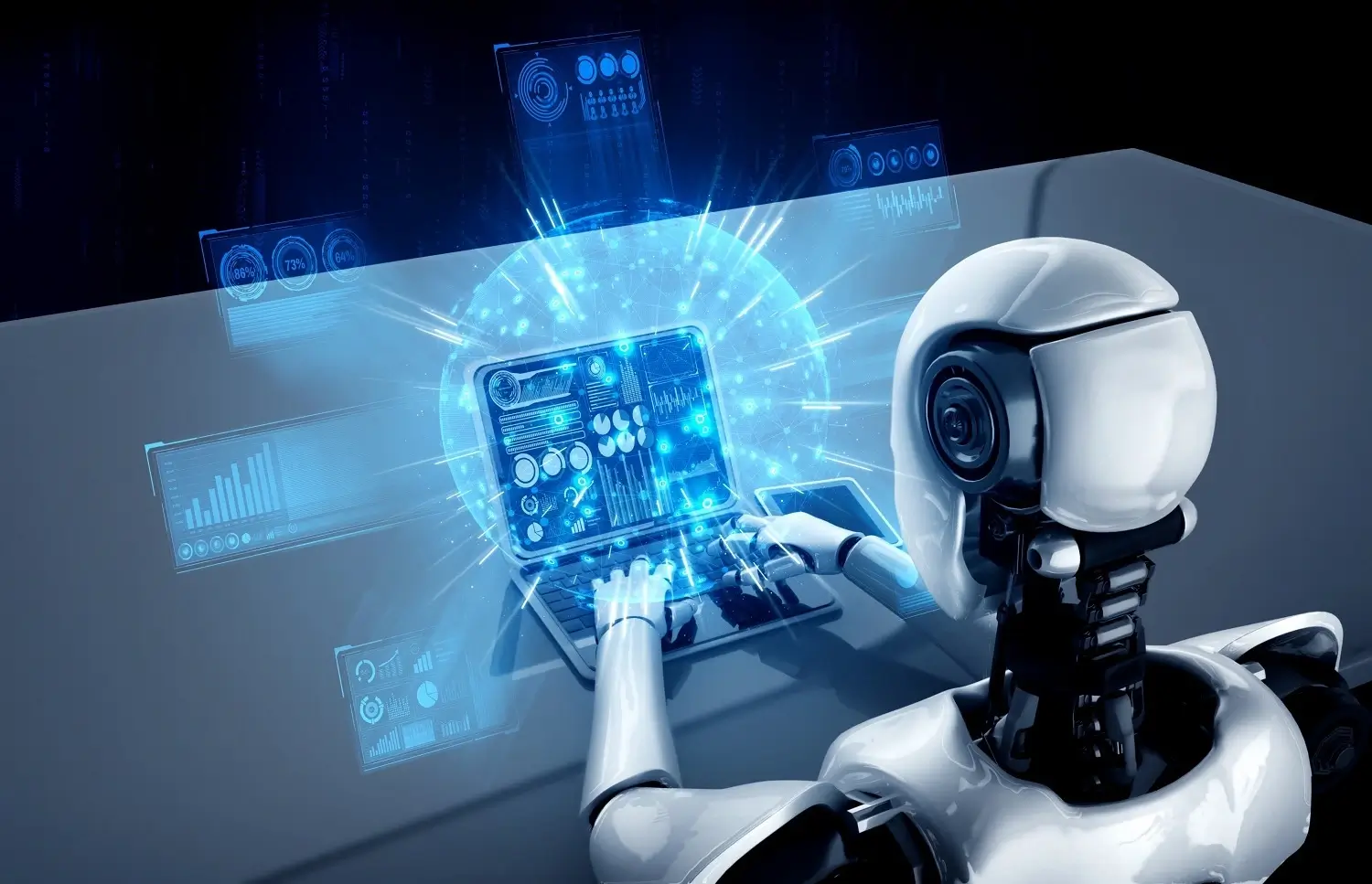
Strengthening Security
Seamless Integrations
Old systems struggle to connect with modern tools. AI enables smooth integration with cloud platforms, CRMs, and other business applications, extending the system’s life without full replacement.
Lower Maintenance Costs
Maintaining outdated software can be expensive. AI driven predictive maintenance detects and resolves issues early, reducing downtime and repair costs.
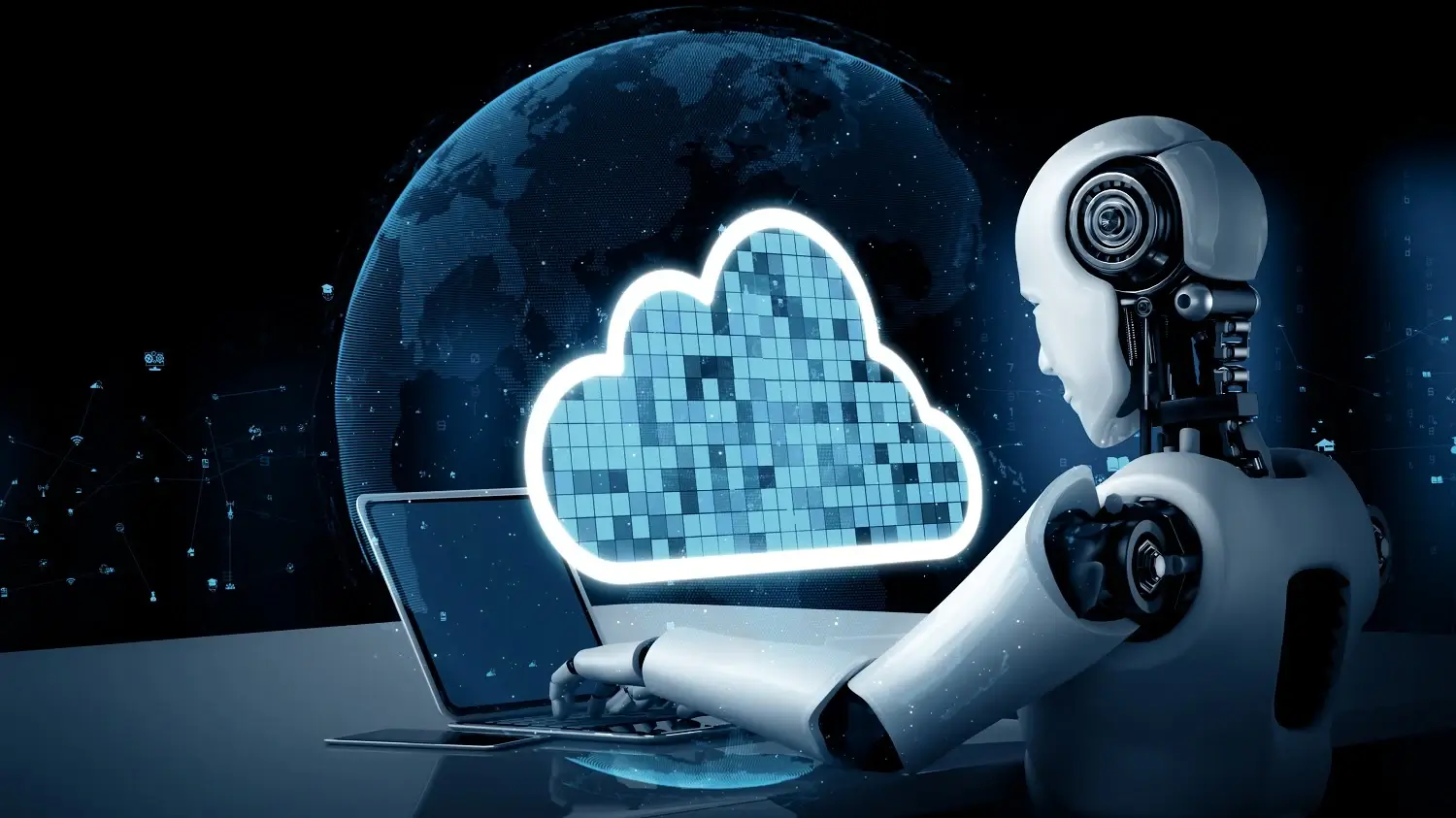
Enhancing Customer Experience
Final Thoughts
AI is a game changer for legacy software, making it more efficient, secure, and cost effective. Upgrading with AI helps businesses stay competitive and future ready.
Thinking about AI modernization? Contact us to explore the best solutions for your business!


